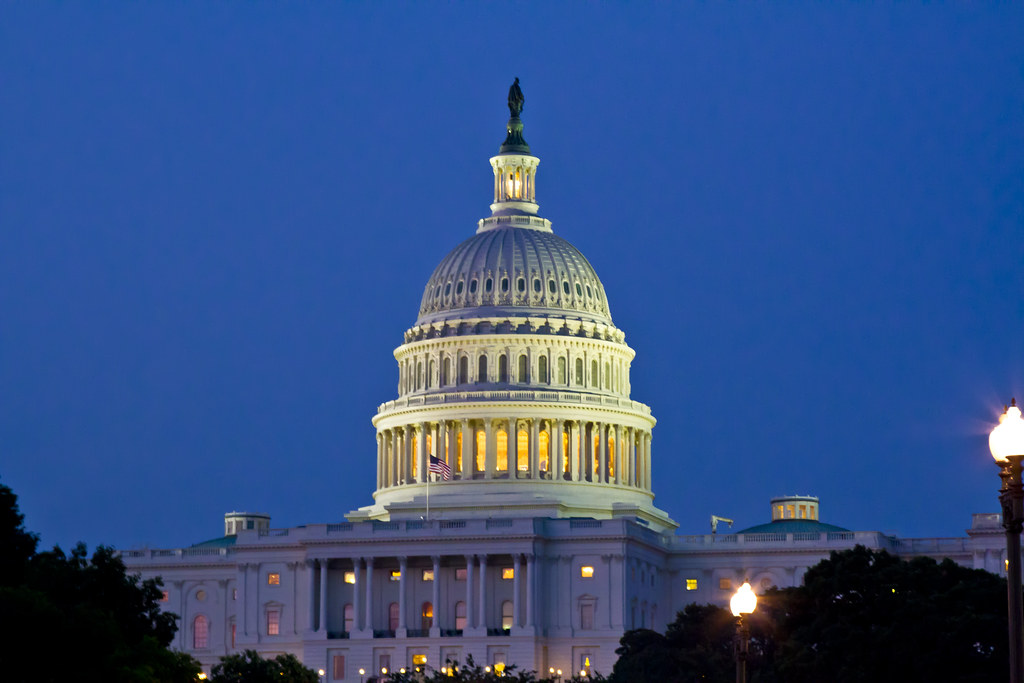FOR IMMEDIATE RELEASE
Contact: Fatou Ndiaye, ndiaye@therevolvingdoorproject.org
Understanding How Budget Reforms Were Exploited To Drain Federal Agencies Can Help Americans Develop a Strategy to Fight Back.
Revolving Door Project’s Fatou Ndiaye published a piece in Democracy Journal outlining the staggering gap between how the appropriations process for federal agencies is supposed to work versus how it currently works. Understanding the difference can help Americans refine strategies to get our voices heard in Congress and shine light on overlooked contributors to chronic underfunding across the federal government. Such an examination is especially relevant as Congress appears poised for a series of fiscal nightmares this fall.
The Congressional Budget and Impoundment Control Act of 1974 (CBA) details how the appropriations process is supposed to work. According to the CBA, the budget process is meant to produce 12 separate appropriations bills over the course of 9 months. However, the CBA failed to establish a timely budget process as demonstrated by Congress’ over reliance on omnibus bills and continuing resolutions (CRs) to fund the federal government. Congress last passed all its required appropriations measures on time in the 1997 fiscal year, meaning omnibus bills and CRs have funded the government for over two decades.
The problem is both CRs and omnibus bills contribute to underfunding government capacity. Though they avert government shutdowns, CRs also create funding uncertainty, limit agencies’ ability to plan, jeopardize funding for grant recipients, and slow hiring initiatives. Institutional reforms in Congress have given more power to party and caucus leaders and shifted power away from committees with a more granular understanding of agencies funding and staffing needs. This gives congressional leadership disproportionate power over the appropriations process and the contents of omnibus bills. Sadly, leaders have not done enough with that power to fund the government adequately, making it nearly impossible for federal agencies to fulfill their responsibilities and access needed resources.
Without safeguards against abuse, the budget process was weaponized in the 1990s by the Gingrich-led GOP. The GOP used government funding as a bargaining chip to achieve partisan political objectives, a cynical political tactic that has unfortunately become commonplace.
Implementing reforms to the CBA, like adding protections against abuse or budgeting for two years at a time instead of one, can help improve government funding and effectiveness. In the meantime, understanding how the appropriations process works in practice allows us to better understand government capacity issues, developing accountability mechanisms for Congressional leaders, and advocate for the changes agencies desperately need to serve the public.
###
Image: “Capitol Hill, Washington DC” by KP Tripathi (kps-photo.com) is licensed under CC BY-NC-ND 2.0.

